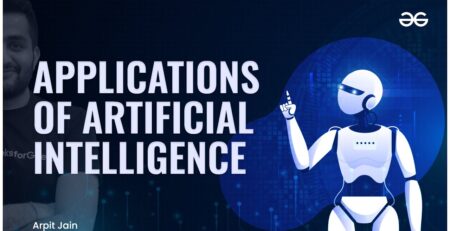Cyber Security and Practices
Cybersecurity refers to the practices, technologies, and processes designed to protect computer
systems, networks, and data from cyberattacks, unauthorized access, damage, or theft. It involves
defending against a wide range of digital threats, including hacking, malware, phishing,
ransomware, and other types of cybercrimes.
Key Areas of Cybersecurity:
1. Network Security: Protecting the integrity of networks, systems, and data from cyber
threats. This includes firewalls, intrusion detection systems, and encryption techniques.
2. Application Security: Ensuring that software applications are designed to withstand and
are protected from attacks. This includes secure coding practices, vulnerability testing,
and patch management.
3. Information Security: Protecting the confidentiality, integrity, and availability of data,
both in storage and in transit. Techniques include encryption, data masking, and secure
storage solutions.
4. Endpoint Security: Safeguarding individual devices (like computers, smartphones, and
tablets) that connect to a network. This includes antivirus software, endpoint detection,
and device management policies.
5. Identity and Access Management (IAM): Ensuring that only authorized individuals can
access specific resources in an organization. This includes multi-factor authentication
(MFA), user roles, and password policies.
6. Incident Response: Developing plans and systems to detect, respond to, and recover
from cyber incidents, including breaches or cyberattacks.
Applications of Cybersecurity:
- Business & Enterprise: Protecting business networks, proprietary data, and intellectual
property from cyber threats. This includes preventing data breaches, ensuring compliance
with regulations, and safeguarding financial transactions. - Government & Defense: Safeguarding national security, government communications,
critical infrastructure (such as power grids, transportation systems), and sensitive data
from state-sponsored attacks or hackers. - Healthcare: Ensuring the security of patient data (electronic health records), medical
devices, and healthcare systems to protect against cyberattacks that could compromise
privacy or public safety. - Finance & Banking: Protecting online banking systems, digital payment platforms, and
financial institutions from fraud, identity theft, and ransomware. - E-Commerce: Securing online transactions, customer data, and digital payment systems
to prevent fraud and cyberattacks on e-commerce websites. - Personal Use: Protecting individuals’ personal information, emails, online accounts, and
devices from hackers, identity theft, and privacy breaches.
In essence, cybersecurity is critical for anyone who interacts with digital technology, ensuring
that both individuals and organizations are protected from the risks associated with the ever-
evolving digital landscape.








